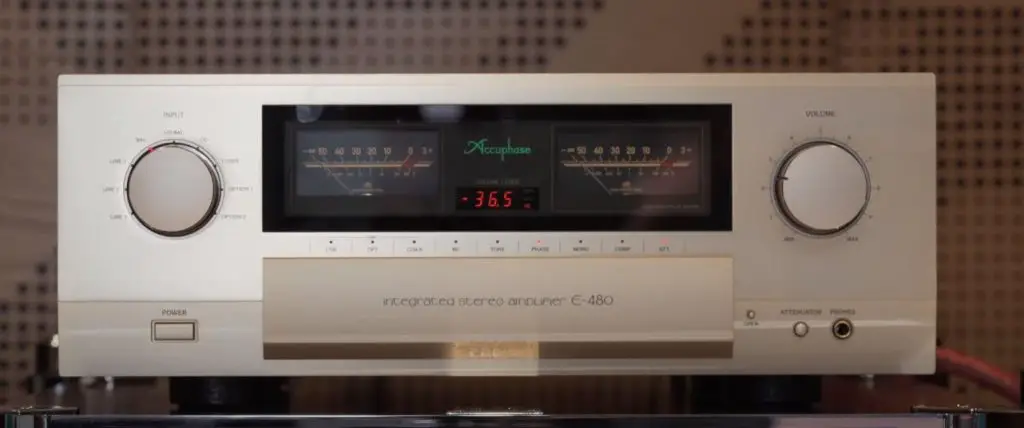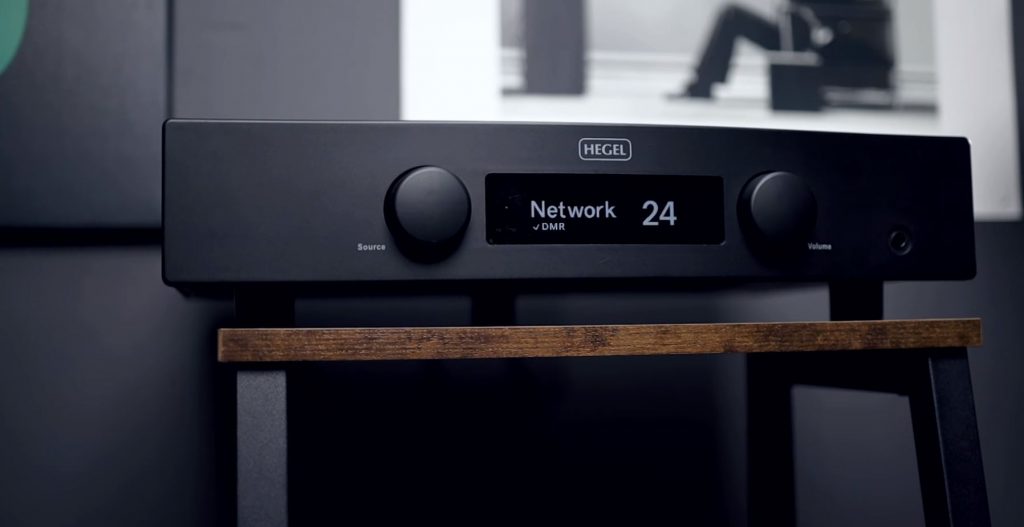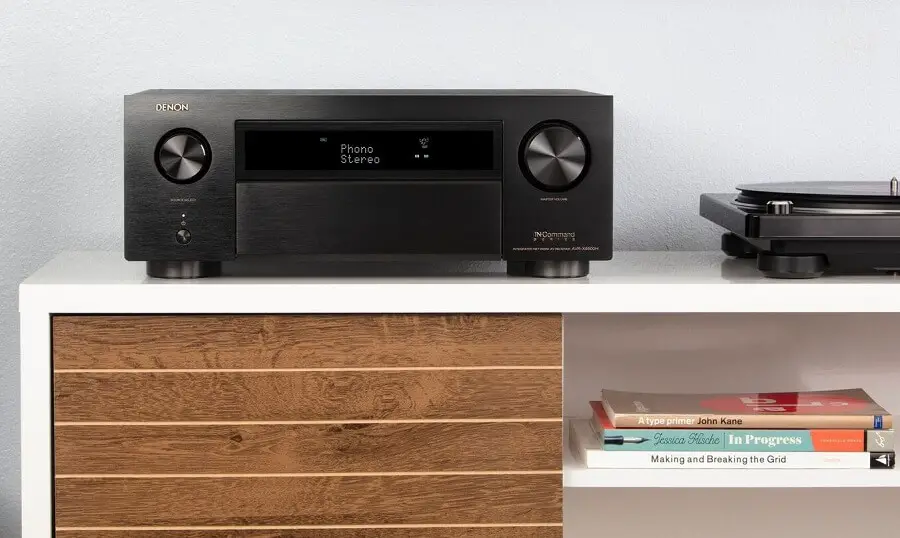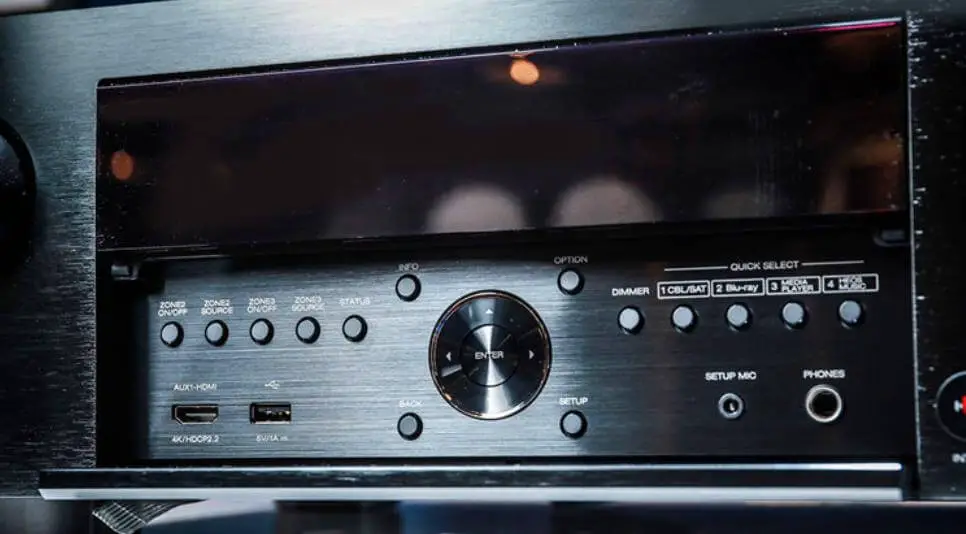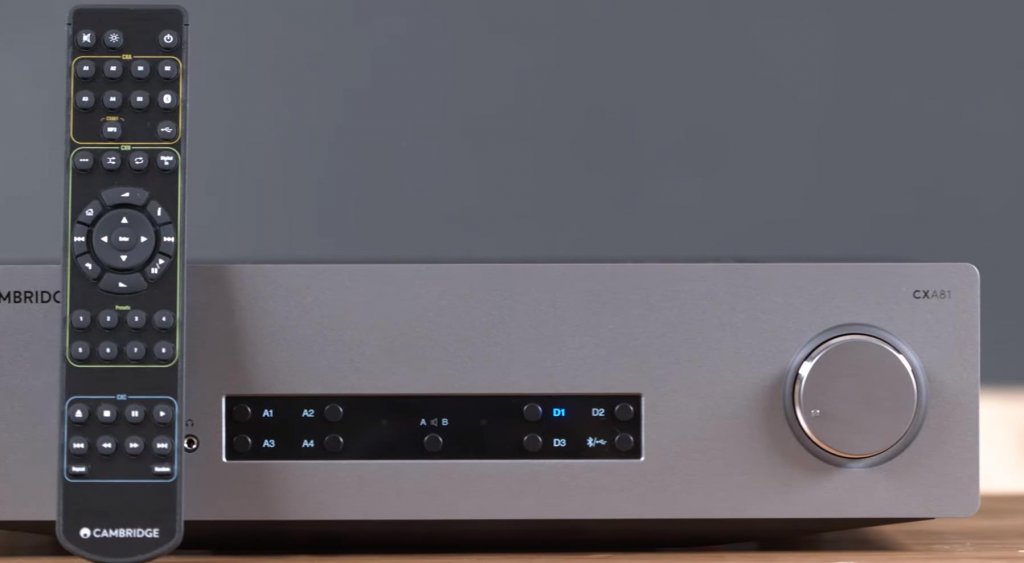Which is better amplifier or receiver? Amplifier vs Receiver
When buying an amplifier, we often encounter two different types of amplifiers: one is an amplifier, and the other is an av receiver. That is the typical type of amplifier product on the market. So what is the difference between these two types? How do we choose when buying? Let’s take a look at the characteristics of these two types of power amplifiers together and find out the difference between amplifier vs. receiver.
One of the most straightforward audio systems includes audio sources, power amplifiers, and speakers, all of which are indispensable. The quality of these pieces of equipment basically determines the quality of the entire system. Among them, the power amplifier, as the driving force of the sound system, acts as a bridge between the sound source and the speakers.
The amplifier is very simple. Intuitively, it is to amplify the various signals played by the source to drive the speakers to produce sound. From a technical point of view, the amplifier is like a current modulator. It converts alternating current(AC) signal to direct current(DC) signal and is then controlled by the source’s sound signal. It transmits different sizes of current to the speakers according to different frequencies to make sounds.
Due to consideration of power, impedance, distortion, dynamics, and different use ranges, control, and adjustment functions, the internal signal processing, circuit design, and production process of different amplifiers are also different. Traditional amplifiers have gone through decades of development, and there have been involved in different unique models, like a preamp, integrated amplifier, power amp, etc.
Until recent years, with the development of audio and video equipment, many audio manufacturers have designed and produced different types of comprehensive models with different technical characteristics based on traditional amplifiers and referring to the sound playback characteristics of actual movie theaters. This amplifier, people call it AV receiver, correspondingly.
The amplifier used only for listening to music is called a HiFi amplifier or stereo amplifier. According to the needs of current audio consumption, the amplifiers in audio have been finalized into two categories, namely power amplifiers and home theater AV receivers.
What is an Amplifier?
An amplifier is also called a HIFI amplifier or stereo amplifier. A stereo amplifier requires the audio equipment to amplify and process the sound signal without distortion during the playback process to restore the original sound. Again, the emphasis is on the original sound, dedicated to listening to music, such as classical music.
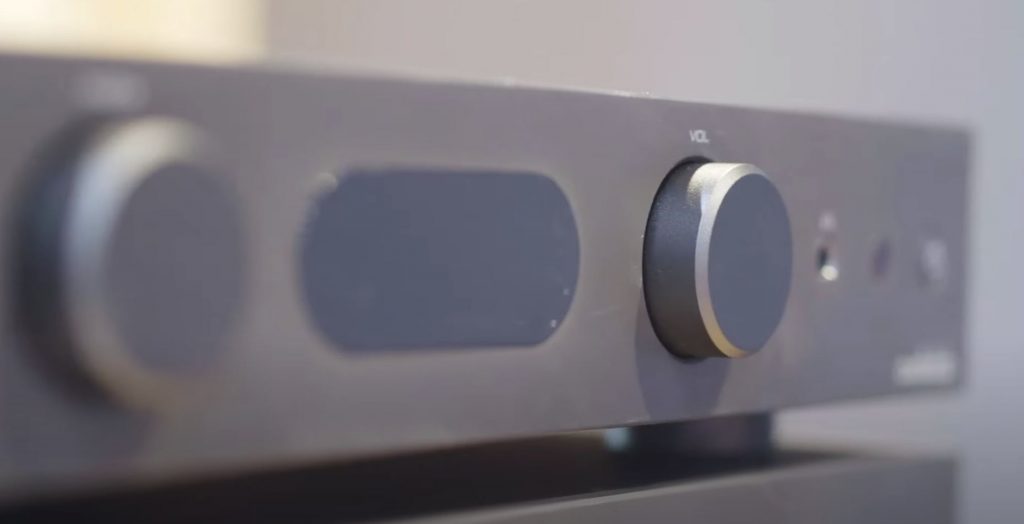
The stereo amplifier emphasizes the lowest signal distortion in the design and faithfully shows the music scene, details, and performance and recording skills to meet people’s requirements for the best appreciation of music. That is what people often call Hi-Fi. In terms of design, the requirements for power amplifiers are extremely strict. However, with reasonable high-quality pure music power amplifiers and speakers, it has exceptionally high music fidelity, making many people infected by music.
That is the reason why many people are still obsessed with pure music sound in today’s booming home theater market. Many people who initially pursued the AV receiver trend even started to enjoy Hi-Fi music again after gaining a specific understanding of the audio system, which shows the charm of Hi-Fi.
Its technical specifications do not entirely determine the quality of the amplifier. One cannot simply look at how immense its power is, how wide its frequency response is, and how low its distortion is. Instead, special attention should be paid to its design, production process, and musical clarity. For example, tube amplifiers with not too high technical indicators will sound better than many solid-state amplifiers.
In addition, the power amplifier pays special attention to the impedance match with the speakers. A good amplifier may not be able to drive the second speaker well. You should refer to their impedance characteristics, sensitivity, and output current in actual matching and need to listen to it.
What is an AV Receiver
?The A of the AV power amplifier means audio, and V means video. Therefore, the AV receiver is an audio-visual amplifier that combines audio and video signal processing. It emphasizes the atmosphere of the sound field and is specially used for home theater.
AV receiver is independent audio-visual control equipment formed based on traditional amplifiers with video playback equipment and software development. It generally includes a power amplifier part and a signal control processing part.
In principle, the power amplifier part is no different from the traditional amplifier, except that several channels are added. That is, several power amplifiers are combined. The signal control processing part involves signal audio and video selection, signal decoding processing and processing, and functions such as radio.
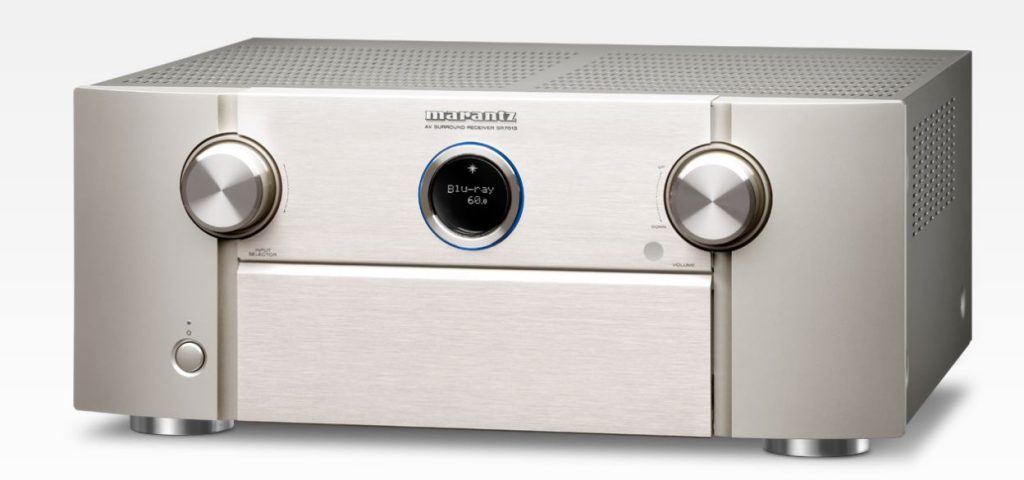
It can be seen that, compared with power amplifiers, AV receivers have undergone significant changes in function. So strictly speaking, most AV receivers nowadays should be called the digital audio-visual center. The formation of the AV center meets the requirements of modern homes for the playback, display, and processing of multiple audio and video media. It is indeed more in line with people’s needs in entertainment and music listening.
But precisely because it is a center with multiple functions, it is not easy to reach a high level in the performance of each part. As a result, especially in the power amplifier part of the AV center, the sound quality of most products is not satisfactory. Perhaps this is where the AV power amplifier needs to be improved urgently.
As a receiver, its channel power settings, the quality of signal decoding processing capabilities, music expression, sound quality, and ease of operation can all reflect its performance to a certain extent. Generally, a high-quality receiver should first have a better sound field restoration in the movie. The channel isolation should be good, and the atmosphere rendering should not be too exaggerated.
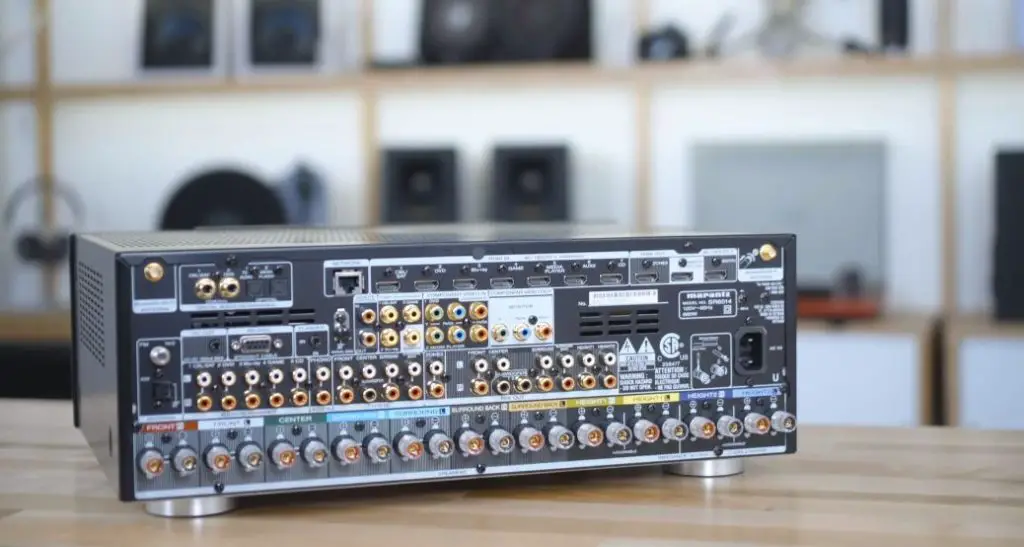
Secondly, the sound quality of the power amplifier part, especially the sound quality of the main channel, should be as close as possible to a better HIFI power amplifier. But, of course, the receiver’s positioning is different from that of the amplifier, and its sound quality performance cannot be unrealistically required.
As home theater is very popular, many consumers who are just getting started with audio have gradually formed the standard that the amplifier should have multi-channel, surround sound, and other functions when buying power amplifiers. But, unfortunately, that cannot but be said to be a misunderstanding.
To be realistic, due to different pertinence, home theater and pure music audio systems should coexist, and home theater does have its advantages in meeting the general entertainment requirements of most people.
What is the difference between a receiver and an amplifier?
1. The number of channels is differentThe receiver has 4-13 channels, driving multiple speakers to form a surround sound field. For example, Dolby AC-3 requires 5.1 channels. The amplifier is generally two-channel, amplifying the signals of the left and proper channels and pushing the corresponding speakers to form a stereo sound field.
2. Different SpecificationsThe receiver’s specs mainly include output power, harmonic distortion, signal-to-noise ratio, frequency range, impedance and damping coefficient, etc., especially emphasizing channel isolation, delay time range, various sound field modes, etc. And there are more specs about the video part. Although the amplifier has these specifications, it emphasizes harmonic distortion and signal-to-noise ratio.
3. The sound atmosphere is differentThe receiver is designed to create a sound field, emphasizing the orientation of the sound and simulating the atmosphere of the listening environment. On the other hand, the amplifier is mainly designed for high fidelity in sound reproduction, mainly for listening to music, human voices, etc., to pursue natural sound.
4. The difference in circuit design From the perspective of circuit design, there is a big difference between the two. First of all, the amplifier circuit is relatively simple, with less signal processing. It is only amplifying circuits and switching. The receiver has more decoding circuits, delays, reverberation circuits, etc., than the amplifier and is also responsible for amplifying multiple signals, so the integration level is high. The circuit is complex, and there are many signal processing programs. Secondly, the receiver also has a video circuit in its circuit configuration.
Can I use an AV receiver as a power amp?
1. The receiver has insufficient power when playing large-signal sound sources
That can be seen from the product manual, the output power of the receiver in the two-channel state is greater than the output power in the four-channel state. As a result, you can choose music with an extensive dynamic range for trial listening, which is powerless. This is because the total power consumption of the AV receiver is large, and the power reserve of the power supply is not surplus. This problem does not exist with the stereo amplifier.
2. The AV receiver wiring affects the sound quality
AV receiver is equipped with various video and audio interfaces and access to multiple audio and video signal sources, resulting in multiple and mixed-signal wiring, which can easily cause signal interference. It has the most significant impact on the high frequency and its harmonics. The original rich high-frequency components of the high-quality signal source are attenuated or interfered with so that the listener cannot appreciate the high-fidelity effect.
3. The screen of the receiver will also interfere with the sound quality
The AV receiver pays attention to convenient multi-function operation. There is a large display on the panel, which makes the operation intuitive. However, the screen uses low-voltage AC and displays characters driven by pulse signals, which will radiate a lot of electromagnetic interference to the surroundings, which will affect the sound quality.
Related Question
Do I need an amplifier with my receiver?
We need to be clear about why we want to do this, why we should use an AV receiver and a HiFi amplifier at the same time. The core lies in the hope that audiophiles can maximize the expressiveness of music based on multi-channel home theater.
Many people are not satisfied with the music performance of their home theater system, feel that they lack a sort of musical, and hope that the music effect can be better. When planning to buy a new home theater, it feels challenging to choose when faced with the choice of a power amplifier. I hope that watching a movie is exciting and explosive, and I hope to have an excellent musical performance when I don’t watch a movie and listen to music.
If you buy power amplifiers such as Yamaha and Denon, known for home theaters, you must make a more excellent compromise in music performance. On the other hand, if you buy a power amplifier such as Marantz, known for music, you are worried that the AV receiver is not good enough. Moreover, most of my friends also have a consensus that no matter how good an AV receiver is, its musicality cannot be as good as a pure HiFi amplifier at the same price or even a little cheaper.
Therefore, to take into account the fun of watching movies in a home theater and at the same time listen to high-quality music, it is indeed necessary for audiophiles with a budget to purchase both a receiver and a power amplifier. When watching a movie, the power amplifier drives the main left and right channel speaker. When you want to listen to music, set the receiver to direct through or bypass mode.

